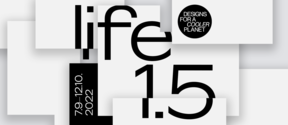According to our vision, the vertical farming industry has great potential significantly change plant cultivation practices and sustainability of food production. Vertical farming can produce fresh food with minimised CO2 emissions: These facilities could be constructed mainly from wood, and only renewable electricity could be consumed in the cultivation process. In addition, vertical farming would reduce the need for transport of products to consumers close to zero miles, and cultivated products could have even longer shelf life, resulting in less food waste.
In such systems, irrigation water could be recycled close to 100%, so the only water escaping the facility would be the amount of water stored inside the cultivated plants. Concomitantly, fertilisers can be recycled, thus preventing nutrients runoff to oceans. The irrigation system enables vertical farming operations to thrive even in extremely dry and hot areas wherein other plant cultivation practices are not applicable. This means more options to expand our food production system and can also offer possibilities to reforestation of land areas reserved for open field cultivation.
Join the event through Zoom here










